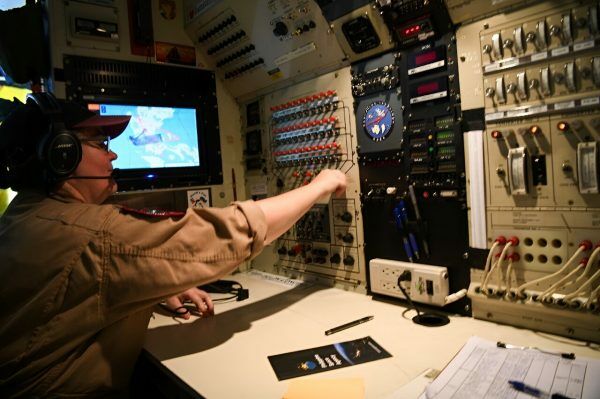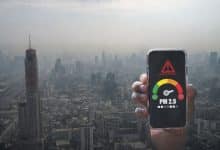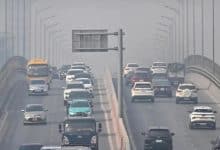NASA’s air pollution blitz: Ambitious mission to clear the skies

In a move to tackle the global scourge of air pollution, NASA launched a series of missions aimed at revolutionising the way we forecast and combat this deadly threat.
With millions of lives hanging in the balance each year due to air pollution-related illnesses, the need for accurate identification and tracking of pollutants has never been more pressing.
Kicking off this revolutionary campaign in the Philippines, NASA’s state-of-the-art DC-8 aircraft takes to the skies, braving perilous altitudes as low as 15 metres (50 feet) from the ground to gather vital data on airborne particles.
NASA’s Barry Lefer explained how this is done during a press briefing at Clark International Airport, situated approximately 80 kilometres north of Manila.
“We can provide direct measurements of how much pollution is coming from different sources. And that’s one of the primary inputs to the air quality forecasting models.”
While ground stations and satellites play crucial roles in monitoring air quality, they have limitations in discerning the intricate behaviour of pollutants in the atmosphere. Enter the DC-8, equipped with cutting-edge technology to bridge this gap, enhancing the accuracy of forecasting models and enabling more effective public warning systems.
Maria Antonia Loyzaga, secretary of the Philippines Department of Environment and Natural Resources, emphasised the importance of integrating data from air, space, and ground sources for informed decision-making in public health, industrial compliance, and environmental conservation.
Pollution hotspots
Loaded with an array of highly sensitive instruments, NASA’s flying laboratory embarked on intensive flights over densely populated areas, including the Philippine capital region, charting a course to uncover pollution hotspots and patterns.
Accompanying the DC-8 is a nimble NASA Gulfstream jet, equipped to create intricate three-dimensional maps of airborne pollutants, providing invaluable insights for policymakers and researchers.
As the mission unfolds, the aircraft will traverse South Korea, Malaysia, and Thailand in the coming weeks, pooling data to enrich our understanding of air quality dynamics in the region. The findings, slated for public release within a year, promise to inform crucial policy decisions and drive concerted efforts to combat air pollution, reported Thai PBS World.
Dubbed ASIA-AQ, this collaborative endeavour between NASA and regional governments aims to confront the stark reality of high air pollution-related mortality rates in the region head-on.
Speaking at the press briefing, Manila Observatory scientist Maria Cambaliza underscored the gravity of the situation, revealing that a staggering one-third of global air pollution-related deaths occur in Asia, with the Philippines bearing a heavy burden of 100 such deaths per 100,000 people.
Latest Thailand News
Follow The Thaiger on Google News:


























